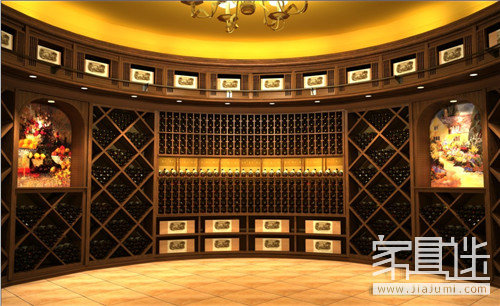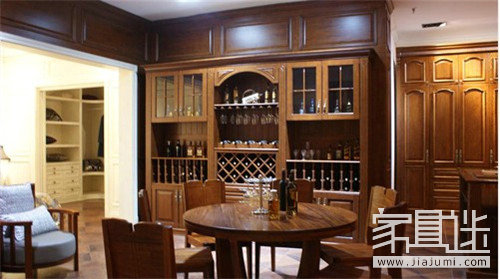Basic knowledge you must know when purchasing a wine cabinet
August 02 08:04:49, 2025
In many households, the wine cabinet has become an essential feature in dining spaces. These cabinets are not only functional but also add a stylish touch to the restaurant or kitchen area. The variety of wines displayed can bring vibrant colors and visual appeal, enhancing the overall ambiance and stimulating appetite.

Wine cabinets come in various types based on cooling technology and materials used. There are electronic semiconductor models, compressor-based direct-cooling units, and variable frequency air-cooled systems. In terms of materials, you can find solid wood cabinets, synthetic ones, or combinations using wood, PVC, and other materials. Among these, synthetic wine cabinets are the most commonly found in urban areas due to their affordability and practicality.
**Related reading:** The Three Major Feng Shui Taboos to Be Aware Of in the Restaurant
### How Compressor Wine Cabinets Work
Compressor wine coolers use mechanical refrigeration through a compressor to create a cooling system. This type of wine cabinet relies on a refrigeration cycle that includes four main components: the compressor, condenser, expansion valve (or capillary tube), and evaporator. These parts are connected via copper tubing to form a closed-loop system filled with refrigerant, typically Freon. Older models often used R22, while modern ones may use eco-friendly alternatives like R410A, R-404A, or R407.
During the cooling process, the compressor draws in low-temperature, low-pressure Freon gas from the evaporator, compresses it into high-temperature, high-pressure gas, and sends it to the condenser where it releases heat. The gas then passes through the expansion valve, reducing its pressure and temperature. It enters the evaporator, where it absorbs heat from the air inside the cabinet, turning back into a low-temperature gas. This cycle repeats continuously, effectively lowering the internal temperature.
In heating mode, a four-way valve switches the refrigerant flow direction, allowing the outdoor unit to act as an evaporator and the indoor unit as a condenser, providing warmth to the space.

### Features and Benefits of Wine Cabinets
**Excellent Cooling Performance:** The lowest temperature achievable is around 5°C, with a wide control range typically between 5°C and 22°C. Semiconductor models usually operate within a narrower range of 10°C to 18°C. Compressor units are less affected by ambient temperatures, making them ideal for warmer environments. Even in high temperatures, they can maintain optimal storage conditions for wine, unlike semiconductor models, which can only lower the temperature by 6–8°C compared to the surrounding environment.
**Stable and Durable:** Compressor cooling technology is well-established, offering reliable performance and long-lasting operation. Many models use variable frequency technology, allowing the compressor to work intermittently, which extends its lifespan. On average, a compressor wine cabinet can last 8 to 10 years, while semiconductor models typically last only 3 to 5 years.
Like all natural and perishable products, wine is sensitive to its environment. A consistent temperature and humidity level are crucial for preserving its quality. Whether you own expensive or budget bottles, proper storage is essential. For serious collectors, a dedicated wine cellar is ideal, but this isn’t feasible for everyone. That’s where a wine cabinet comes in—it offers a practical and effective alternative, making it a popular choice among wine enthusiasts.